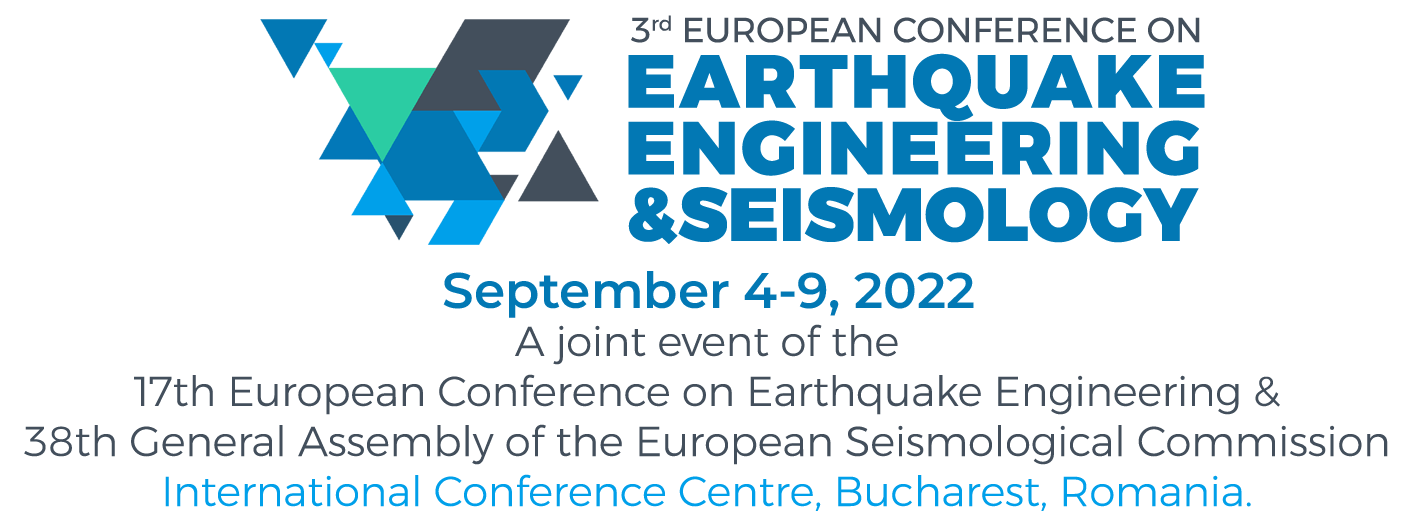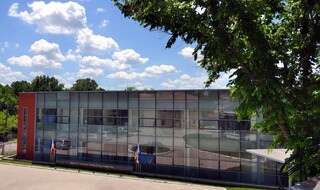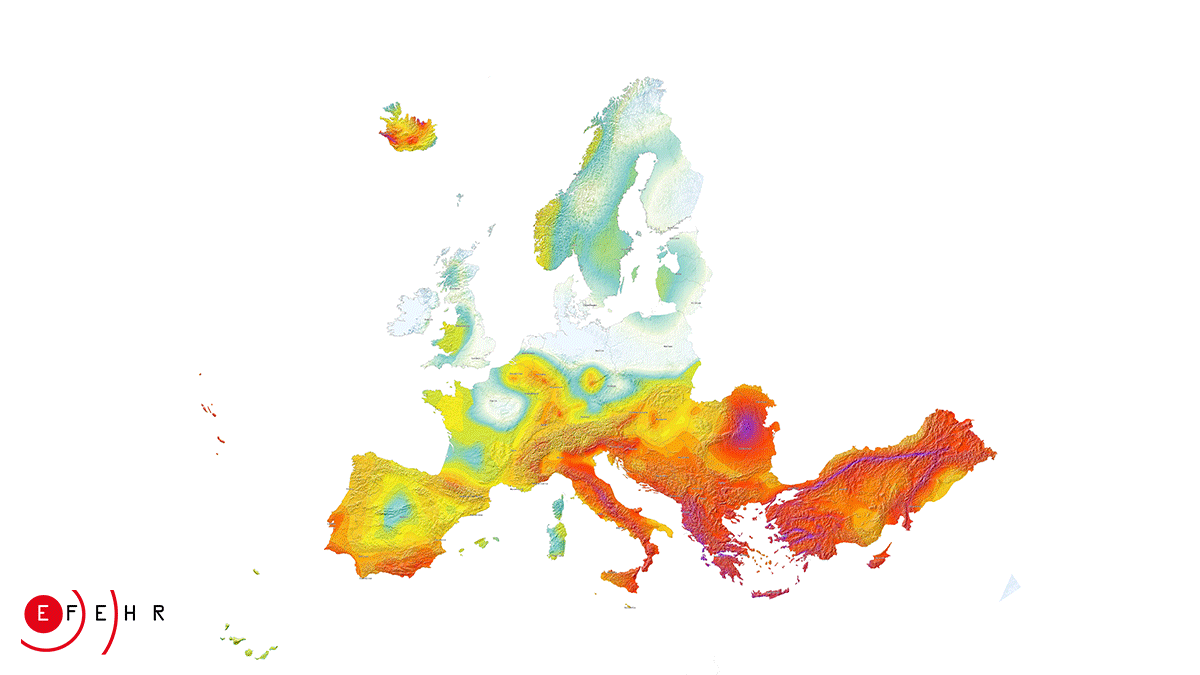

Având în vedere că cea de-a 3-a Conferință Europeană de Inginerie Seismică și Seismologie (3ECEES) se apropie, iată câteva dintre lucrurile la care vă puteți aștepta în lunile următoare:
Termenul limită pentru depunerea contribuțiilor pentru Seismologie este aproape. Nu ratați această oportunitate de a participa la 3ECEES!
Alegeți sesiunea și trimiteți contribuția prin EasyChair (https://easychair.org/conferences/?conf=3ecees) până pe 20 Martie 2022.
Martie și aprilie vor fi dedicate trimiterii și selecției contribuțiilor pentru Seismologie.
În mai și iunie, vom solicita autorilor selectați să își editeze și să își revizuiască lucrările, în timp ce lunile iulie și august vor fi dedicate finalizării detaliilor de ultimă oră înainte de conferință.
Pentru mai multe informații, vă rugăm să consultați pagina dedicată conferinței 3ECEES.
Sessions – Seismology
S01 - Old seismograms / new knowledge: Preservation and use of legacy seismograms - SSA-ESC joint session
S02 - Seismic anisotropy and shear-wave splitting: Achievements and perspectives
S03 - Topo-Transylvania: a multidisciplinary cooperation to investigate the geodynamics of the Carpathian-Pannonian Region
S04 - Advances in models, observations and verification towards operational earthquake forecasting
S05 - Waveform data, services & products for observational seismology
S06 - Advances in probabilistic seismic hazard and risk assessment: insights from local, national and regional models
S07 - Advances in statistical seismology: from earthquake occurrence to risk assessment
S08 - Earthquake nests: seismotectonics and clustering features
S09 - From earthquake early warning to rapid response - integrating state-of-the-art from real-time seismology and earthquake engineering
S10 - Recent advances in Archeoseismology: historical monuments as "stone" seismometers
S11 - Mantle degassing and seismic hazard from "cold" subduction in Europe
S12 - Physics of earthquake preparation process: From laboratory experiments to earthquake forecast
S13 - Seismology, geoethics and society: risk communication at the service of risk reduction
S14 - Citizen and School Seismology: the links between research, STEM education and community resilience
S15 - Seismo-acoustic and discrimination studies
S16 - Seismological studies in Polar Regions and the Cryosphere
S17 - Lithospheric structure and geodynamics of cratons
S18 - Machine learning and other novel approaches in site response and ground motion predictions
S19 - Seismicity: High resolution imaging, analysis, interpretation and forecasting
S20 - Characterizing building\'s response: combined perspective from engineering and seismology for risk reduction
S21 - Historical earthquake data: strength and limitations
S22 - Seismicity and seismotectonics in Central and Eastern Europe
S23 - Attenuation: from engineering to seismic imaging
S24 - Induced and triggered seismicity associated to technological activities
S25 - Seismological and geophysical investigation for imaging shallow geological structures and site-specific seismic hazard applications: challenges and perspectives
S26 - Machine learning for understanding earthquake physics
S27 - Towards reproducible automated procedures for building uniform and compressive earthquake catalogues
S28 - Structure and Seismicity in the Central Mediterranean, Pannonian, and Carpathian Region: from seismic networks and experiments to seismic catalogues and models
S29 - The a, b, c of seismology: Estimating seismicity parameters for time-dependent seismic hazard and risk assessment
S30 - Seismic site response: case studies, issues and new challenges
S31 - Seismic site characterization onshore and offshore by single-station and array methods
S32 - Development of unconventional sensors for cutting-edge research in observational seismology
S33 - Interplay between risk knowledge and resilience: importance of disaster risk communication
S34 - The intricate links between seismicity, tectonics and actual ground motions: new results from the databases of seismic and GNSS networks in South – Eastern Europe
S35 - Advances in high-frequency attenuation and characterising ground motion on rock
S36 - Advances in strong ground motion simulation for urban hazard/risk assessment and risk reduction
S37 - The collection, processing, homogenization, analysis and representation of multisource non-instrumental data on earthquake effects
S38 - General Seismology. Earthquake observation and new challenges





